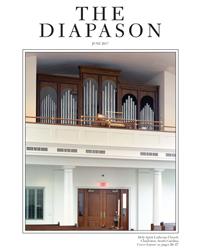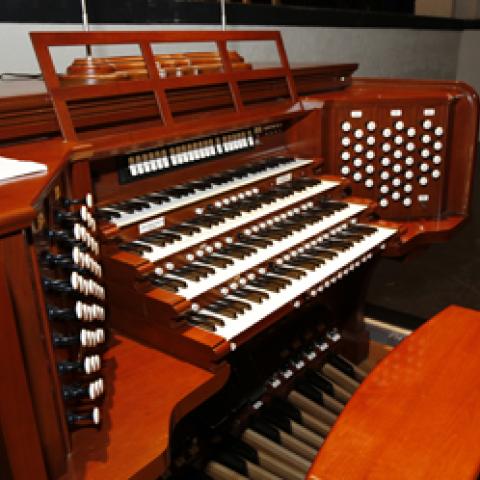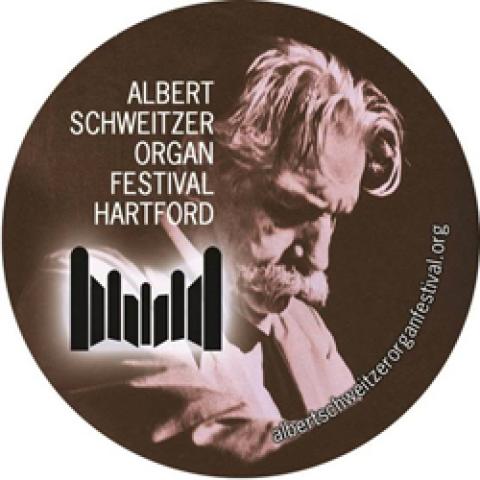
We at THE DIAPASON have been working to make it easier for you to access our website (www.TheDiapason.com)! Until now, you have needed to use your subscription number and email address to log into the website. We realize that remembering or finding that subscription number can be troublesome.
We have redesigned the log in process, so that now you can register for access by using your subscriber number once, at which time you can create your own password. After that one-step process, you will be able to continue using our website with just your email address and your password that you have chosen.
To register for the thediapason.com either click the Log In button above the search bar in the header of the site or follow this link: https://www.thediapason.com/cds/user
Once you are on the Authentication page, fill in the fields under the NOT YET REGISTERED box with your subscriber code (located on your subscription label), your email address, and the password that you will use to log into the site. If your subscriber code is valid, you will be automatically registered and logged into the site. Once you are registered you will be able to log in using only the email address and password you provided on the registration form, no need to look up your subscriber code!
Thank you for your subscription to THE DIAPASON, and we look forward to further improvements to our website.
—Stephen Schnurr
Editor and Publisher




